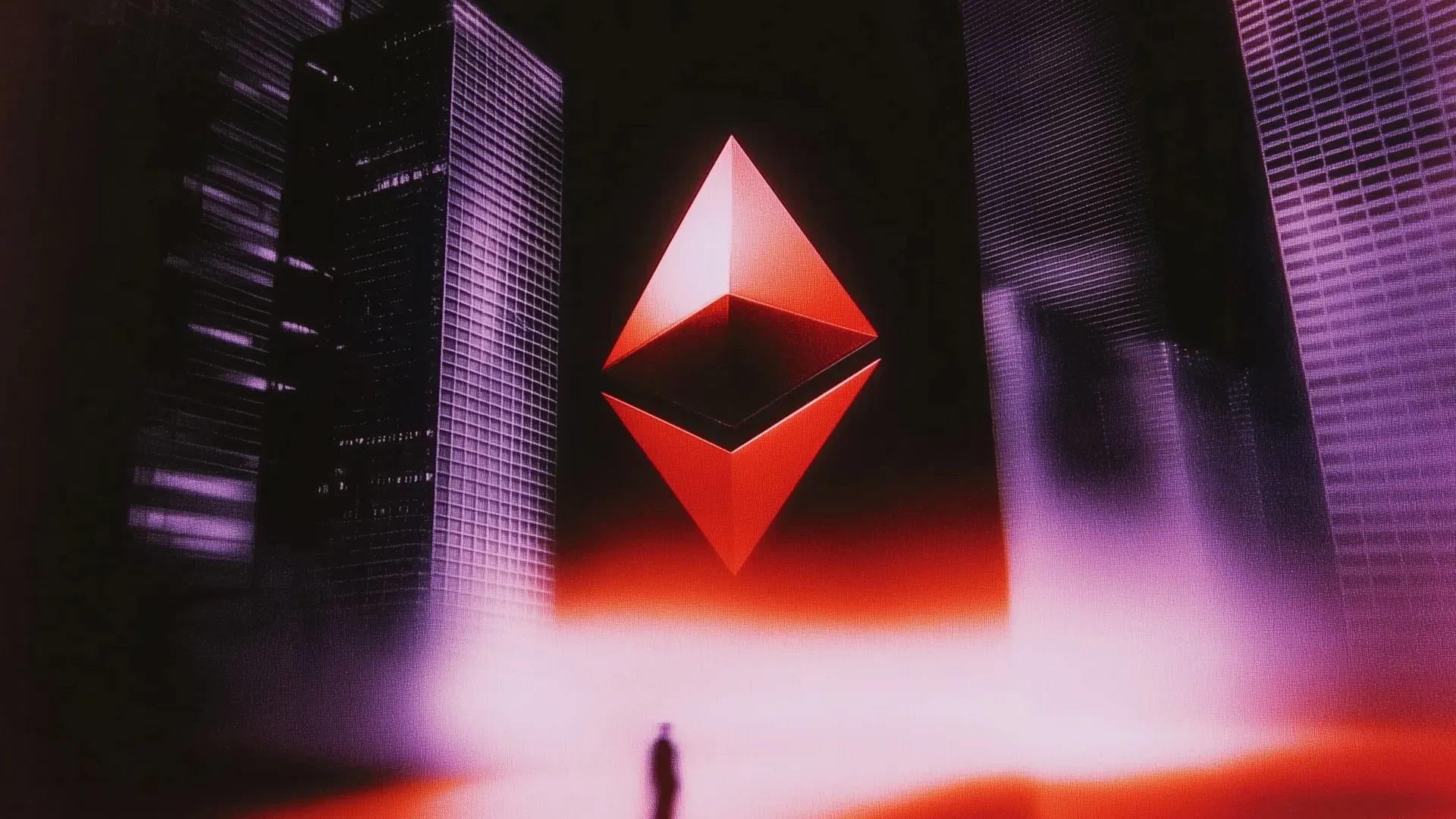Where Ethereum is Moving Next

Ethereum’s network upgrades are notoriously technical, reflecting the complexity of the protocol and the challenge of tracking its shifting priorities.
At a time when Ethereum is doubling down on long-term goals like scalability, efficiency, and decentralization, understanding what upgrades are on the table — and how they impact users — remains largely inaccessible to most.
To address this, the Ethereum Foundation’s Protocol Support Team has released a useful new tool, Forkcast — a simple platform that transforms dense upgrade plans into something anyone can understand. Think of it as Google Translate for protocol development — translating technical crypto complexity into plain English with the goal of bringing everyday ETH holders into the know about how the world computer’s upcoming upgrades will impact them.
Here’s how it works. 👇
This has been sorely needed for quite a while in Ethereum land.
— sassal.eth/acc 🦇🔊 (@sassal0x) July 2, 2025
Kudos to Nixo and her team for putting this together!
Check it out: https://t.co/bPnGHaQK9f https://t.co/zzckede8eH
What is Forkcast?
At its core, Forkcast is a web-based tracker for Ethereum upgrades (called "forks").
It takes upcoming network changes like Fusaka and Glamsterdam — the details of which hide behind technical jargon and complex proposals — and presents them in a clean, digestible format.
What I like about this tool is that it specifies how everyone will be affected by an upgrade, having unique explanations for developers building apps, validators securing the network, and users transacting onchain. Instead of sifting through dense technical documentation, they get:
- Clear overviews of what each upgrade does
- Visual timelines showing progress
- Plain-language explanations of included features
- Impact breakdowns for different stakeholders
- Interactive feedback and ranking tools
A Visual Tour: Fusaka
Let's walk through how Forkcast works using the Fusaka upgrade as our guide.
The Overview Section immediately tells you what matters: Fusaka focuses on improving Ethereum's data structure through "Verkle trees" — a technical advancement that makes the network more efficient. It's scheduled for September-October 2025 and will help Ethereum nodes run with less storage.
Under Scheduled for Inclusion, Forkcast lists the selected EIPs (Ethereum Improvement Proposals) with:
- A clear, jargon-free explanation of each proposal
- Key benefits outlined in a quick takeaway format
- A breakdown of how different stakeholder groups will be affected
- Direct links to the full EIP specifications
- Explanations of how the particular EIP fits into Ethereum’s overall “North Star Goal Alignment.”
For those who want to get deeper in the weeds, each upgrade also comes with a Declined for Inclusion section that may prove just as valuable, showing which proposals didn't make it and why. This transparency helps the community understand the tradeoffs in each upgrade.
Interactive Governance: Glamsterdam's Headliner Selection
Recently, by popular demand, Forkcast released an interactive feature in the Glamsterdam upgrade section: Forkcast Rank.
Here, through a simple drag-and-drop (or tap-to-assign) interface, users can rank proposed headliner EIPs for the upcoming Glamsterdam upgrade — from highest (S-tier) to lowest (D-tier) priority — to download and share online.
While not a formal voting mechanism, the tool provides a fun, lightweight way to encourage broader conversation around upgrade priorities and let anyone join the discussion.
Ethereum upgrades have sometimes felt like opaque affairs, understood only by core developers and the technically obsessed.
This can create a disconnect between those building the protocol and those using it daily — a dynamic which can sour quickly. By making upgrades understandable and interactive, Forkcast looks to solve this, renovating protocol development from a black box to a glass house. Users can see what's coming, understand why it matters, and get involved if they see fit.
As Ethereum grows more complex, this kind of intuitive, low-friction interface may become essential for keeping the broader community in the loop.